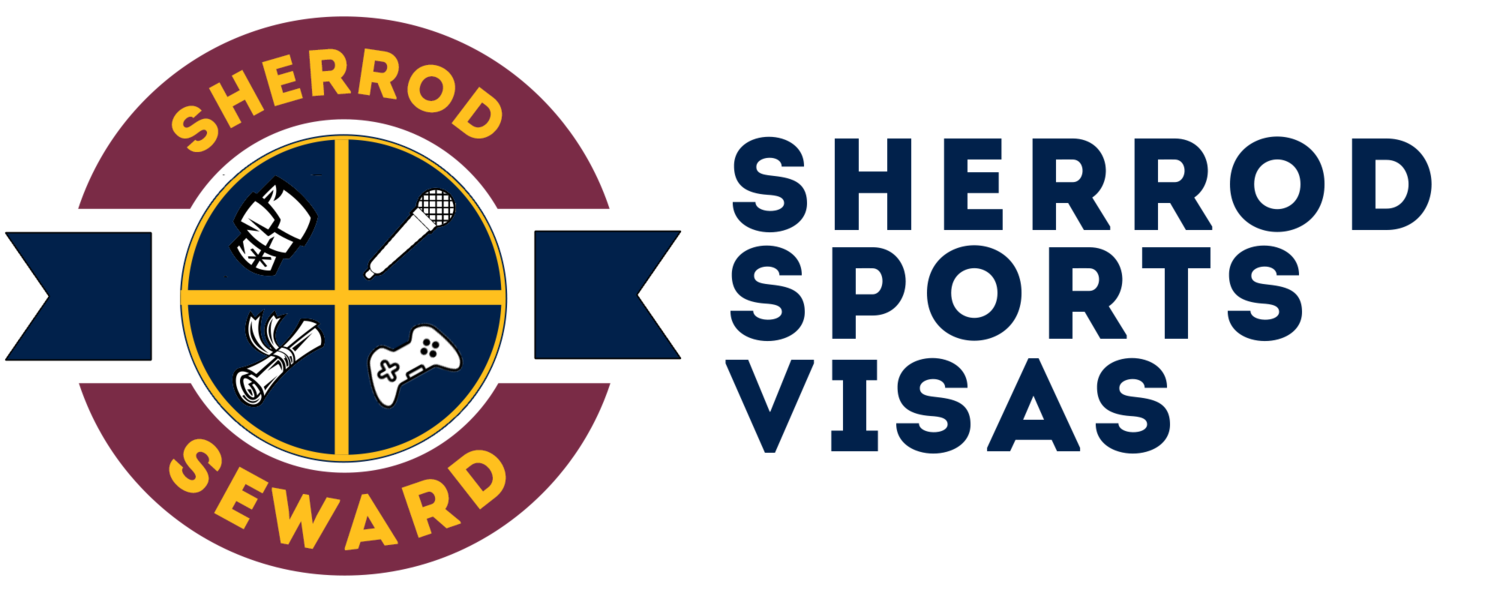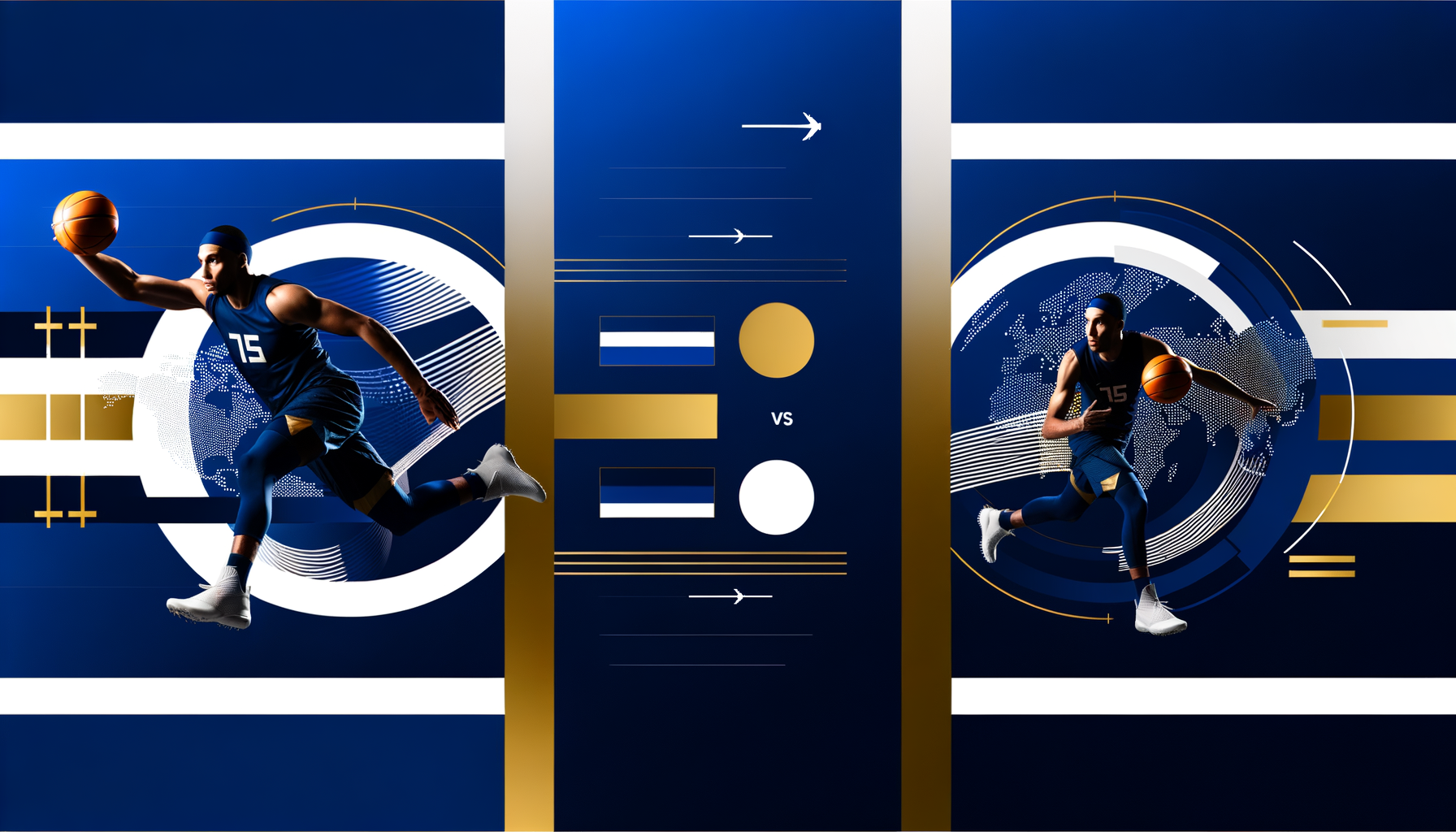Choosing between P-1 and O-1 visas represents one of the most critical strategic decisions in an international athlete's career. While both visa categories can provide pathways to compete and work in the United States, they serve fundamentally different purposes and require distinct qualification strategies. Understanding these differences can mean the difference between visa approval and costly delays.
The Fundamental Distinction
The choice between P-1 and O-1 visas isn't just about meeting minimum requirements—it's about aligning your immigration strategy with your long-term career goals and current athletic status.
P-1 visas are designed for internationally recognized athletes coming to participate in specific athletic competitions or events. They're temporary, event-focused, and ideal for athletes whose primary goal is competing in particular tournaments or seasons.
O-1 visas, on the other hand, serve individuals with extraordinary ability who plan to work in their field of expertise. For athletes, this often means a broader range of activities including training, endorsements, coaching, and business development alongside competition.
"The biggest mistake I see athletes make is choosing a visa category based on what seems easier to obtain rather than what actually fits their career plans," explains Attorney Sherrod Seward, Managing Member of Sherrod Sports Visas. "This short-term thinking often creates long-term complications."
P-1 Visa Deep Dive: Competition-Focused Immigration
Who Should Consider P-1 Visas?
P-1 visas work best for athletes with clear, specific competition goals in the United States. This category has helped numerous Sherrod Sports Visas clients achieve their competitive objectives.
Ideal P-1 Candidates Include:
Professional boxers like Denzel Bentley and Daniel Dubois, who needed to enter the U.S. for specific championship bouts
Tennis players participating in tournament circuits with defined schedules
Track and field athletes competing in specific meets or seasonal competitions
Team sport athletes joining leagues for particular seasons
P-1 Visa Advantages:
Specific Event Focus: P-1 petitions can be tailored to particular competitions, making the case more concrete and easier for USCIS officers to evaluate.
Support Personnel Inclusion: P-1 visas can cover essential support staff like coaches, trainers, and management personnel under the same petition.
Shorter Documentation Requirements: Compared to O-1 petitions, P-1 applications often require less extensive documentation of extraordinary ability.
Team-Friendly: P-1 visas work well for team sports where multiple athletes need visas for the same competition or season.
P-1 Visa Limitations:
Event-Specific Restrictions: P-1 visa holders are limited to the specific competitions or events listed in their petition.
Temporary Nature: These visas don't provide a pathway to permanent residence and are strictly temporary.
Limited Flexibility: Changing competition schedules or adding new events often requires petition amendments.
No Dual Intent: P-1 visa holders cannot simultaneously pursue permanent residence through the same activities.
O-1 Visa Deep Dive: Extraordinary Ability Immigration
Who Should Consider O-1 Visas?
O-1 visas serve athletes whose careers extend beyond specific competitions into broader professional activities. This category has been instrumental for Sherrod Sports Visas clients building comprehensive athletic careers.
Ideal O-1 Candidates Include:
Athletes like those in our successful case portfolio who engage in training, endorsements, and business activities
Professional fighters who also work as trainers, commentators, or promoters
Former Olympic athletes transitioning into coaching, broadcasting, or sports business
Athletes building personal brands through social media, endorsements, and appearances
O-1 Visa Advantages:
Broader Activity Scope: O-1 visa holders can engage in any activity within their area of extraordinary ability, not just specific competitions.
Longer Duration: O-1 visas can be approved for up to three years initially, with unlimited extensions.
Dual Intent Allowed: O-1 holders can simultaneously pursue permanent residence without jeopardizing their visa status.
Career Flexibility: The visa accommodates career evolution, from active competition to coaching, business, or media work.
Higher Prestige: O-1 classification carries more weight for future immigration benefits and business opportunities.
O-1 Visa Limitations:
Higher Evidence Threshold: O-1 petitions require extensive documentation of extraordinary ability, often including awards, media coverage, and peer recognition.
Complex Documentation: The evidence requirements are more sophisticated and require strategic presentation.
Individual Focus: Each O-1 petition covers only one person, making it more expensive for teams or groups.
Ongoing Requirements: Maintaining O-1 status requires continued demonstration of extraordinary ability.
Strategic Decision Framework
Choosing between P-1 and O-1 visas requires analyzing multiple factors beyond basic eligibility. Here's how successful athletes and their advisors approach this decision:
Career Timeline Analysis
Short-Term Athletes (1-2 years in U.S.): P-1 visas often provide the most direct path for athletes focused on specific competitions or seasons.
Medium-Term Athletes (2-5 years in U.S.): O-1 visas typically offer better flexibility for athletes planning to build broader careers.
Long-Term Athletes (5+ years or permanent residence goals): O-1 visas provide the foundation for eventual permanent residence applications.
Activity Scope Evaluation
Competition-Only Athletes: P-1 visas work well when the primary goal is participating in specific athletic events.
Multi-Activity Athletes: O-1 visas accommodate athletes who compete, train others, engage in endorsements, or build business ventures.
Transitioning Athletes: O-1 visas provide flexibility for athletes moving from active competition to coaching, commentary, or business roles.
Documentation Strength Assessment
Strong Competition Record, Limited Media: P-1 visas may be more achievable when documentation focuses on athletic achievements rather than broader recognition.
Extensive Media Coverage and Awards: O-1 visas become more viable when athletes have substantial documentation of extraordinary ability.
International Recognition: Both visa categories require international recognition, but O-1 visas demand more comprehensive evidence.
Real-World Case Applications
Sherrod Sports Visas has successfully navigated both P-1 and O-1 strategies for clients across various sports and career stages.
P-1 Success Stories:
Professional Boxing: Fighters like those in our approved case portfolio have used P-1 visas to enter the U.S. for specific championship bouts, allowing them to compete at the highest levels while maintaining clear immigration status.
Tournament Tennis: Players have leveraged P-1 visas to participate in professional tennis circuits, with petitions covering entire seasonal tournament schedules.
Team Sports: International players have joined American professional leagues through P-1 visas that cover specific seasons or competitions.
O-1 Success Stories:
Multi-Sport Professionals: Athletes who compete, coach, and engage in business activities have used O-1 visas to build comprehensive American careers.
Media Personalities: Former competitors who transition into broadcasting, commentary, or sports media have found O-1 visas accommodate their career evolution.
Business Entrepreneurs: Athletes building sports-related businesses or training facilities have used O-1 visas as stepping stones to permanent residence.
Common Misconceptions and Pitfalls
Misconception 1: "P-1 is easier than O-1"
Reality: While P-1 visas may require less documentation, they're not necessarily easier to obtain. The requirements are different, not lower.
Misconception 2: "O-1 is only for superstars"
Reality: O-1 visas serve athletes with extraordinary ability, which can be demonstrated through various forms of recognition and achievement, not just global fame.
Misconception 3: "I can switch between P-1 and O-1 easily"
Reality: Changing visa categories requires new petitions with different evidence standards and can create complications if not properly planned.
Misconception 4: "Visa choice doesn't affect future immigration options"
Reality: The visa category you choose can significantly impact future permanent residence applications and overall immigration strategy.
Strategic Considerations for Different Sports
Individual Sports (Boxing, Tennis, Track and Field)
P-1 Advantages: Clear competition schedules, individual recognition, specific event focus.
O-1 Advantages: Flexibility for training, endorsements, and career development beyond competition.
Team Sports (Soccer, Basketball, Hockey)
P-1 Advantages: Team-based petitions, seasonal structure, league-specific activities.
O-1 Advantages: Individual recognition, flexibility for off-season activities, career longevity.
Combat Sports (MMA, Boxing, Wrestling)
P-1 Advantages: Event-specific bouts, clear competition structure, support team inclusion.
O-1 Advantages: Training activities, media work, business opportunities, career transitions.
The Role of Expert Legal Guidance
The complexity of choosing between P-1 and O-1 visas underscores the importance of specialized sports immigration expertise.
"Every athlete's situation is unique," notes Attorney Sherrod Seward. "We've seen talented athletes make visa category choices that limited their opportunities, and we've helped others leverage the right visa strategy to build extraordinary careers in the United States."
How Sherrod Sports Visas Approaches Visa Strategy:
Comprehensive Career Analysis: Understanding not just current needs but long-term career goals and immigration objectives.
Evidence Assessment: Evaluating what documentation exists and what can be developed to support different visa categories.
Strategic Planning: Developing immigration strategies that align with career development and business objectives.
Ongoing Support: Providing guidance as careers evolve and immigration needs change.
Making Your Decision
The choice between P-1 and O-1 visas should be based on careful analysis of your specific situation, career goals, and available documentation.
Key Questions to Ask:
What are my primary activities in the United States? (Competition only vs. broader professional activities)
How long do I plan to stay? (Short-term competition vs. long-term career building)
What documentation do I have? (Competition records vs. comprehensive extraordinary ability evidence)
What are my future immigration goals? (Temporary presence vs. potential permanent residence)
How does my sport typically handle visas? (Individual vs. team sports, seasonal vs. year-round)
Conclusion: Strategy Matters More Than Eligibility
Both P-1 and O-1 visas can provide pathways to athletic success in the United States, but the right choice depends on understanding how each category aligns with your specific career goals and circumstances.
The athletes who achieve the greatest long-term success are those who make strategic visa decisions based on comprehensive analysis rather than simply pursuing the path of least resistance.
"We've seen athletes transform their careers by making the right visa choice at the right time," reflects Seward. "The key is understanding that immigration strategy is part of career strategy—they can't be separated."
Ready to determine which visa category fits your athletic career? Contact Sherrod Sports Visas today for a strategic consultation with Attorney Sherrod Seward. Our specialized expertise in sports immigration can help you make the decision that best serves both your immediate competition goals and long-term career objectives.
Learn more about your options by visiting our O-1 visa guide and P-1 visa resources, or contact us directly to discuss your specific situation.
November 6, 2025


